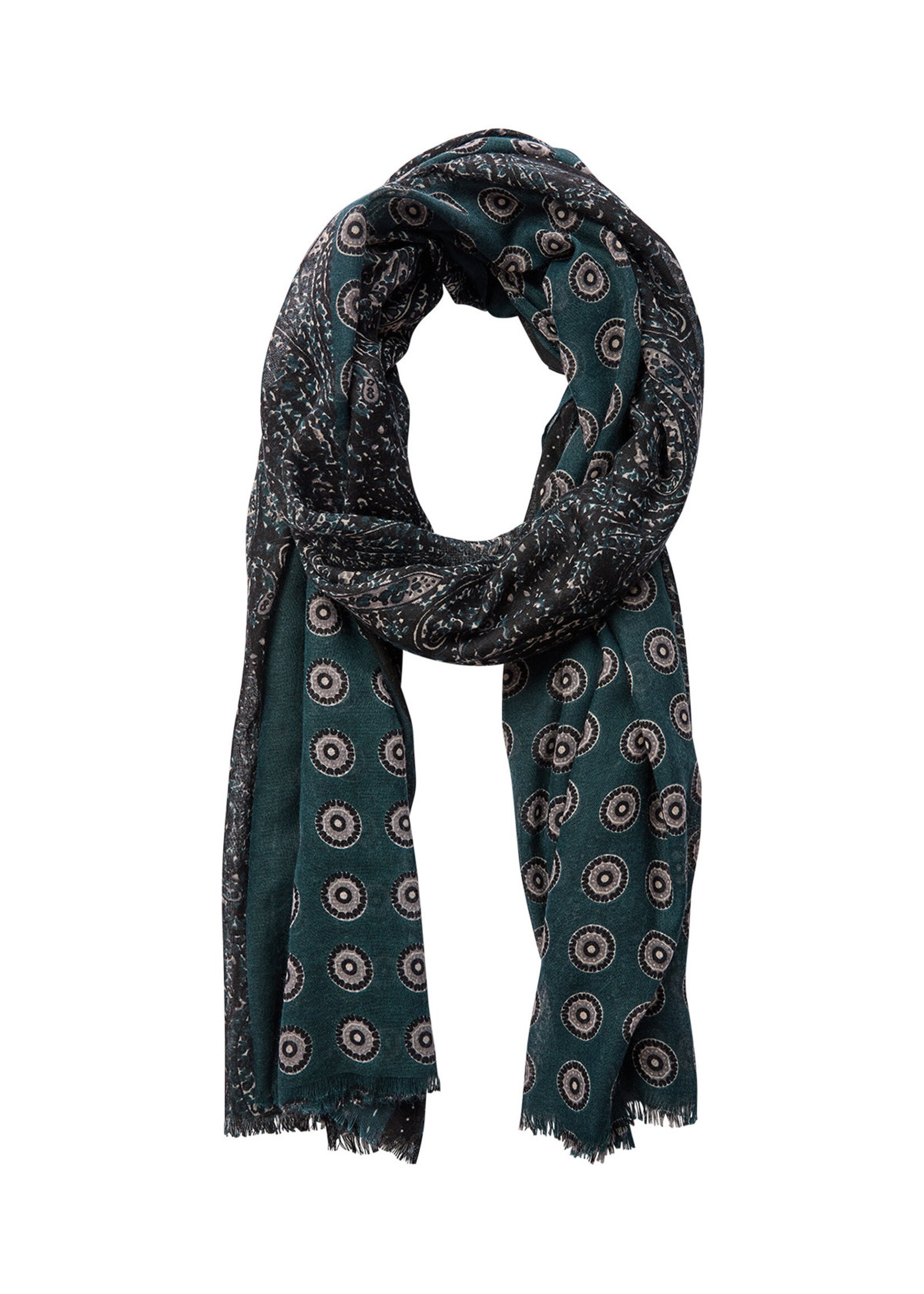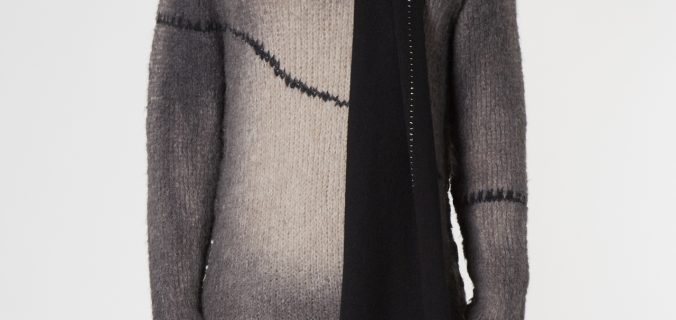Introduction
Scarf definition, those seemingly simple strips of fabric, have long held a significant place in the realm of fashion and functionality. Far beyond their basic purpose of providing warmth, scarves have evolved into versatile accessories that can elevate any outfit, reflect personal style, and even serve as cultural symbols across the globe. This article delves into the myriad ways scarves have become a fashion essential, exploring their history, styles, materials, and the countless ways they can be worn.
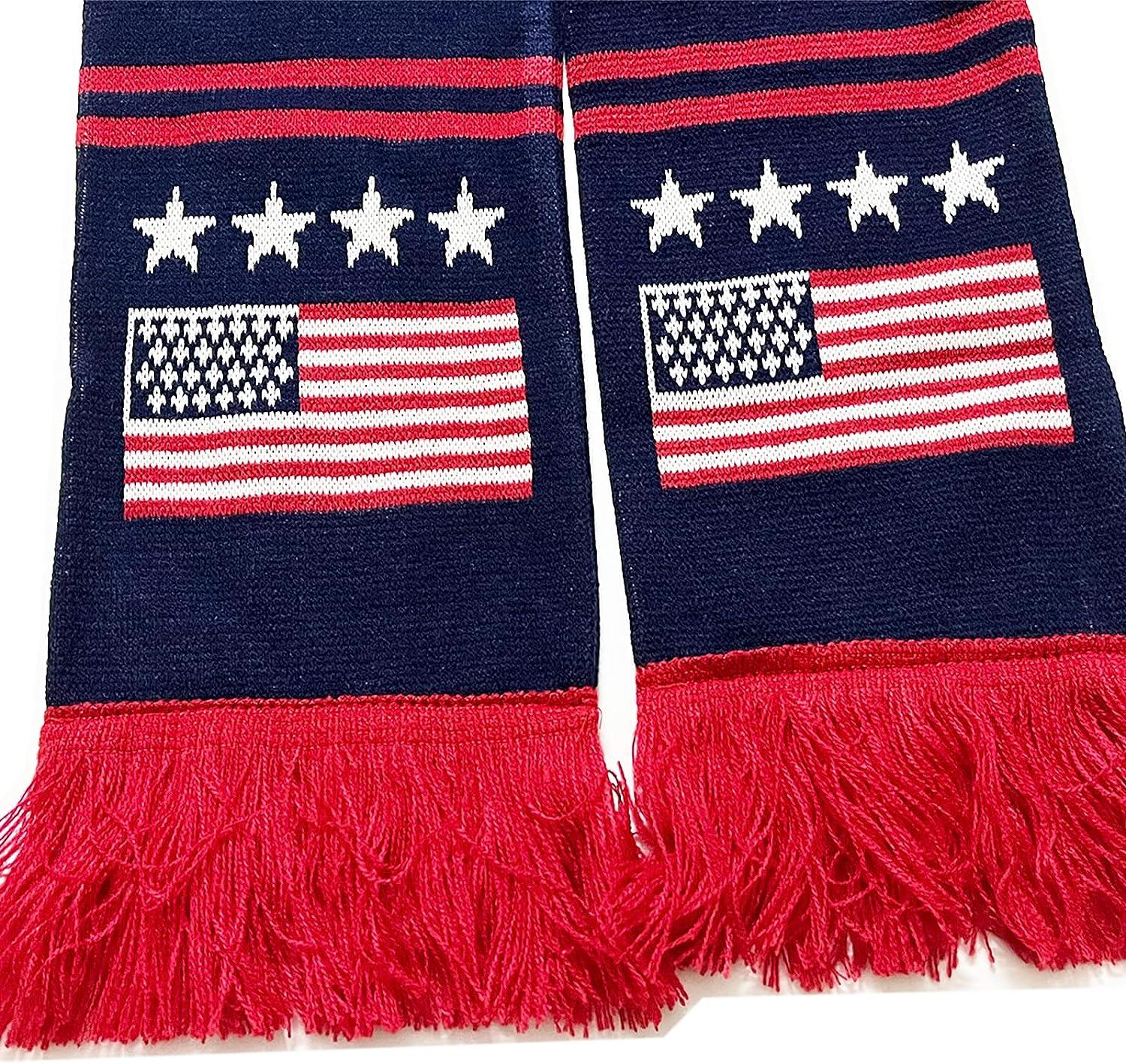
A Brief History of Scarves:
The origins of scarves can be traced back thousands of years, with evidence suggesting their use in ancient civilizations like Egypt and Rome. Initially, these garments served practical purposes such as protecting from the sun or dust. In medieval Europe, scarves were worn as symbols of rank or membership in certain orders. It wasn’t until the 19th century that scarves became more mainstream as a fashion accessory, particularly among women, with the Industrial Revolution facilitating mass production and access to a wider variety of materials.
Styles and Materials:
Scarves come in a vast array of styles, from delicate silk squares to chunky knits, each suited for different occasions and climates. Silk scarves, known for their luxurious feel and vibrant prints, are a timeless classic often associated with high fashion and elegance. Pashmina scarves, made from fine cashmere wool, offer softness and warmth without bulk, making them a favorite for colder months. Cotton and linen scarves are perfect for warmer weather, providing breathability and a casual touch. Additionally, infinity scarves, which loop around the neck without ends, have gained popularity for their ease of wear and contemporary aesthetic.
The Versatility Factor:
One of the most compelling aspects of scarves is their versatility. They can be styled in numerous ways to achieve different looks and serve various functions:
- As a Statement Piece: Boldly patterned or brightly colored scarves can instantly transform a simple outfit into a fashion statement. Tied loosely around the neck or draped over one shoulder, they add a pop of color and personality.
- For Warmth and Comfort: Thick woolen or fleece scarves are winter wardrobe staples, keeping the neck and chest protected against chilly winds. Knotting them securely provides extra insulation.
- Fashionably Functional: Lightweight scarves can double as head coverings, providing sun protection or adding a touch of modesty when entering religious sites. They can also be tied around the handle of a handbag for a touch of flair.
- Stylish Layering: In transitional weather, a scarf can be the perfect layering piece. Wrapped loosely around the neck under a jacket or coat, it adds depth and texture to an outfit.
- Cultural Significance: In many parts of the world, scarves hold deep cultural or religious significance. For instance, hijabs, kurtas, and keffiyehs are not just pieces of cloth but integral parts of cultural identity and tradition.
Accessorizing with Purpose:
Choosing the right scarf involves considering factors like the occasion, climate, and personal style. Matching the scarf’s color and pattern to complement or contrast with your outfit can elevate your look. Accessorizing with complementary jewelry, hats, or bags can further enhance the overall aesthetic.
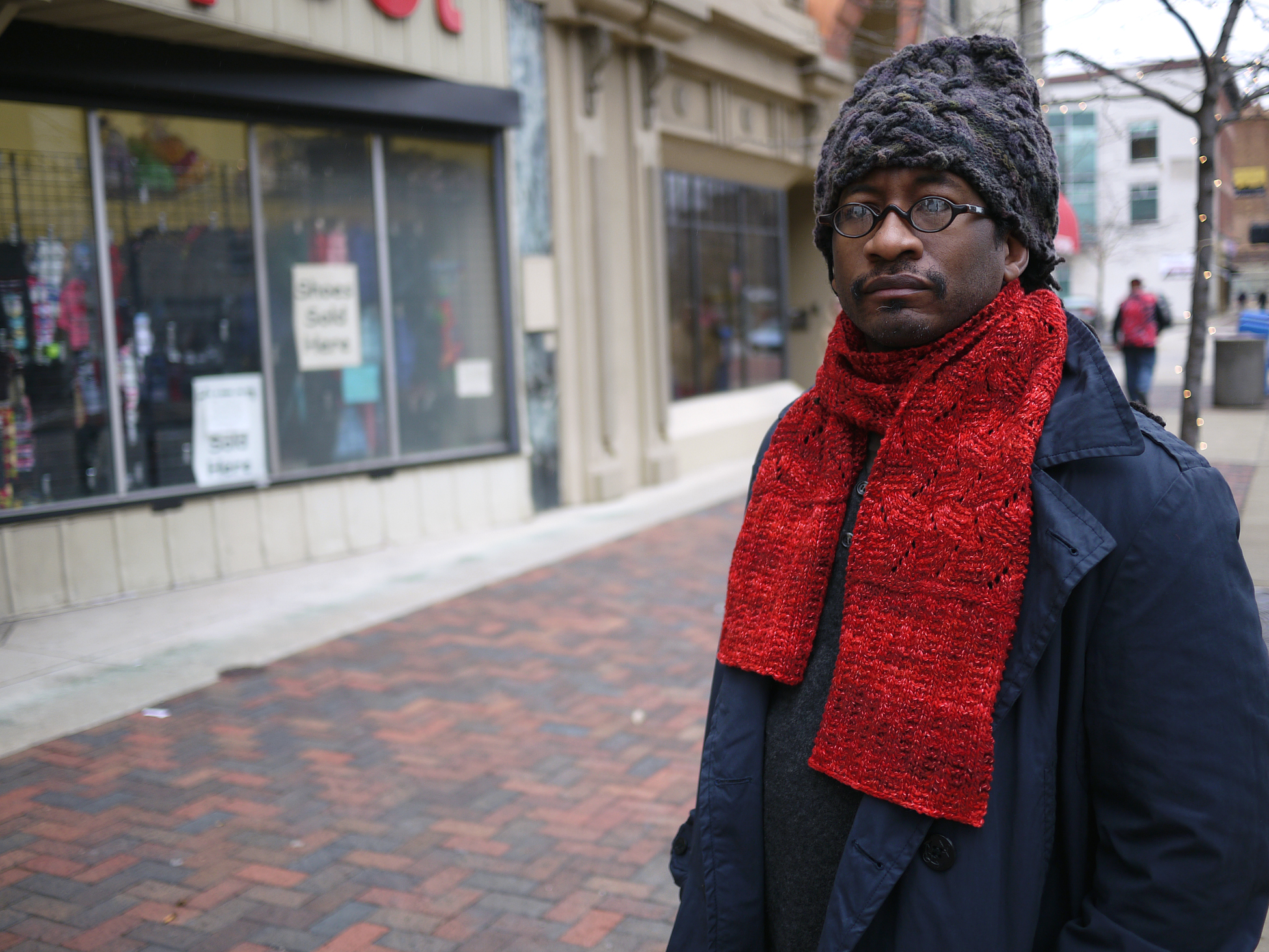
Sustainable and Ethical Considerations in Scarf Selection:
In recent years, sustainability and ethical sourcing have become crucial considerations in fashion, and scarves are no exception. Consumers are increasingly conscious about the environmental impact of their purchases and the working conditions of those involved in producing these items.
Eco-Friendly Materials:
Opting for scarves made from eco-friendly materials is a step towards sustainable fashion. Organic cotton, hemp, bamboo, and recycled fabrics are gaining popularity due to their lower environmental footprint.
Fair Trade and Ethically Made:
Supporting brands that adhere to fair trade practices ensures artisans and workers receive a living wage and work in safe conditions. Look for certifications such as Fair Trade Certified, which guarantees fair wages, safe working environments, and sustainable practices throughout the supply chain. By choosing ethically made scarves, consumers contribute to a more equitable global industry.
Handcrafted and Local Artisan Support:
Handcrafted scarves not only offer unique designs and craftsmanship but also support local artisans and small businesses. These pieces often carry stories and traditions of their origin, preserving cultural heritage while promoting economic growth in communities. By investing in handwoven or artisanal scarves, consumers encourage traditional skills and techniques to thrive.
Innovative and Recycled Options:
Innovation in textile technology has led to the creation of scarves from innovative materials like Piñatex (made from pineapple leaf fibers), Econyl (regenerated nylon from ocean waste), and Tencel (derived from sustainably sourced wood pulp). These alternatives not only reduce waste but also showcase the potential for circular fashion.
Personalization and Customization:
Another aspect of modern scarf culture is personalization and customization. With advancements in digital printing, it’s possible to create one-of-a-kind scarves featuring personalized designs or artwork. This trend not only satisfies individual tastes but also encourages ownership and reduces the likelihood of mass-produced, disposable fashion.
Caring for Your Scarves:
To extend the life of your Scarf definition and align with sustainable practices, proper care is essential. Hand washing with gentle detergents and air drying can preserve the quality of natural fibers, reducing the need for frequent replacement. Storing scarves carefully, away from direct sunlight, helps maintain their colors and prevents damage.
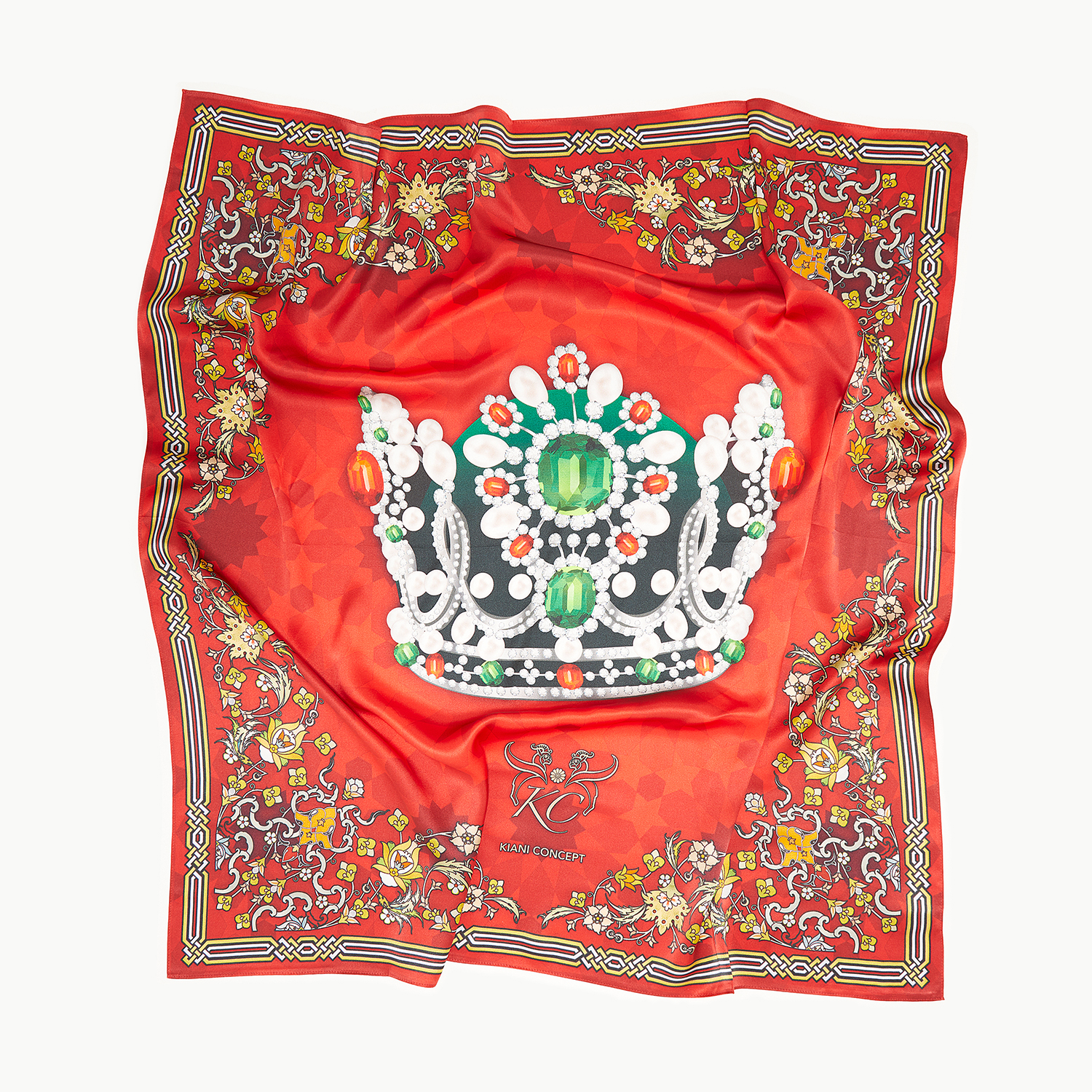
Innovative Uses and Trends:
Beyond traditional wearing styles, scarves have found innovative uses in modern fashion, reflecting evolving trends and creative expressions:
- Scarf as a Belt: A trend embraced by fashion-forward individuals, using a long, slender scarf as a belt adds a unique touch to dresses, tunics, or high-waisted pants. It cinches the waist elegantly while introducing a playful or sophisticated element to the outfit.
- Bag Charm and Decoration: Tying a small, decorative scarf around the handle of a purse or bag is a trendy way to personalize accessories. It adds a touch of individuality and can even revamp an older bag, giving it a fresh look.
- Headwear and Hair Accessories: Scarves have made a comeback as chic headbands, turbans, or hair ties. These styles not only keep hair in place stylishly but also pay homage to vintage fashion eras, like the 1950s and 60s.
- DIY Projects: With a little creativity, scarves can be transformed into various DIY projects. From turning them into wall art, cushion covers, or even reconstructed clothing items, scarves offer a versatile canvas for personal projects.
- Gender-Neutral Fashion: As fashion becomes increasingly inclusive, scarves are embraced by all genders as a unisex accessory. Designers are creating collections with neutral colors and patterns, making them suitable for anyone looking to incorporate a scarf into their style.
Sustainability and Ethical Considerations:
In recent years, there has been a growing awareness about the environmental impact of fashion, and scarves are no exception. Consumers are seeking sustainable and ethically made options, leading to a rise in eco-friendly materials like organic cotton, recycled fabrics, and peace silk (produced without harming silkworms).
Caring for Your Scarves:
To ensure your scarves remain in pristine condition and last longer, proper care is crucial. Avoid wringing or twisting; instead, gently press out excess water and lay flat to dry. Proper storage, such as folding and keeping in a drawer or hanging on a padded hanger, can prevent creases and damage.
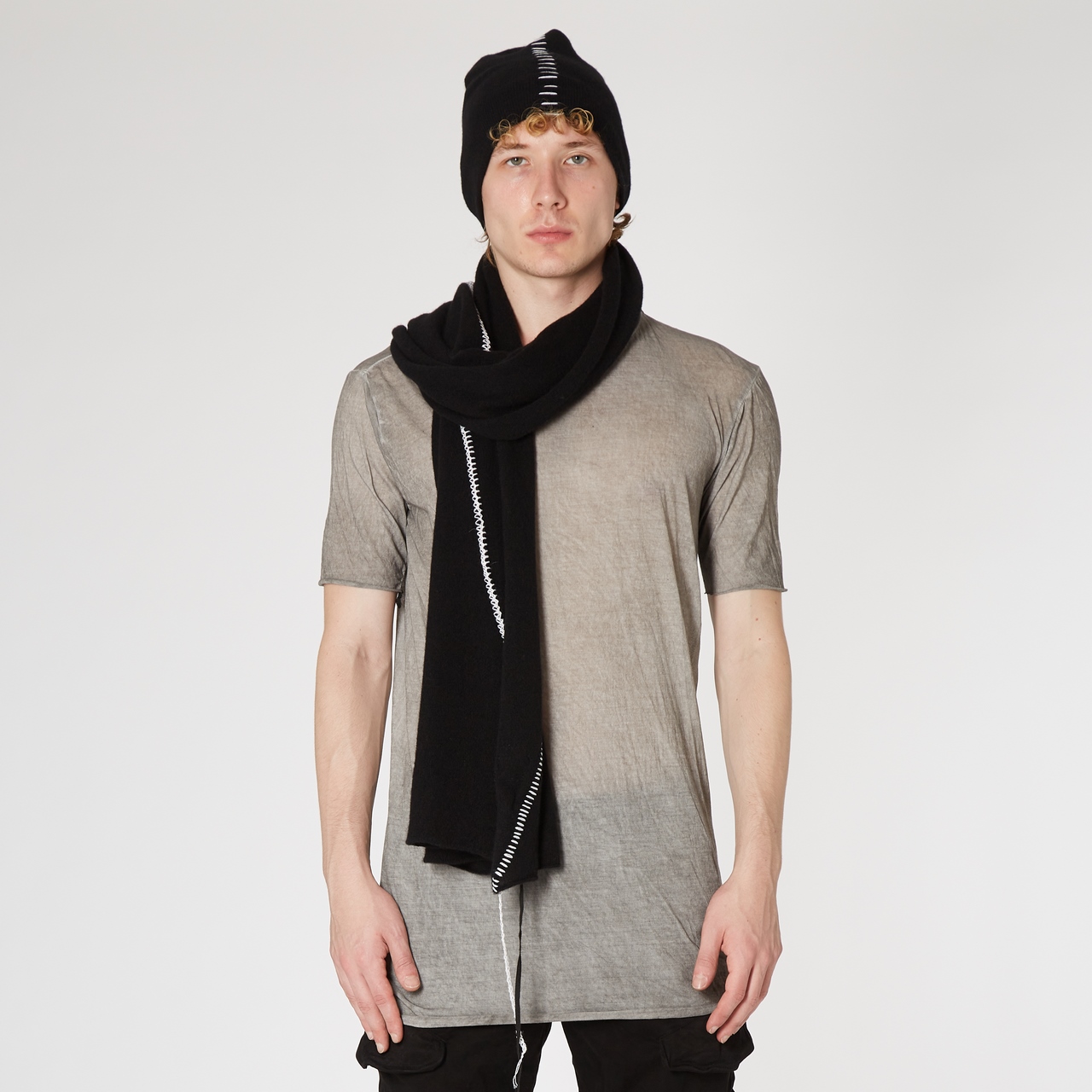
In conclusion
Scarf definition are indeed a fashion essential that transcends seasons and trends. Their ability to blend function with fashion, their versatility in styling, and their rich historical and cultural significance make them a timeless accessory every wardrobe. Whether you’re dressing up for a formal event or simply seeking a cozy addition to your daily attire, there’s a scarf to suit every need, mood, and personal expression.
